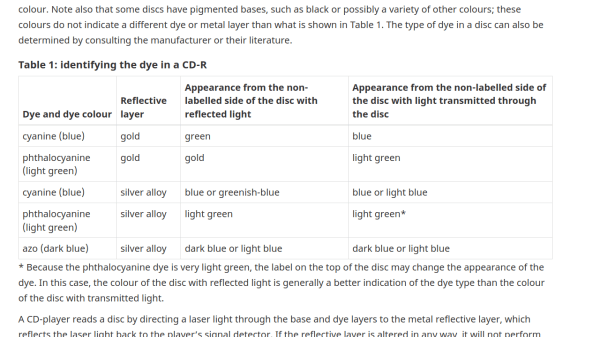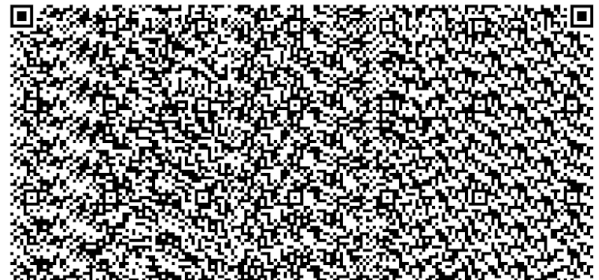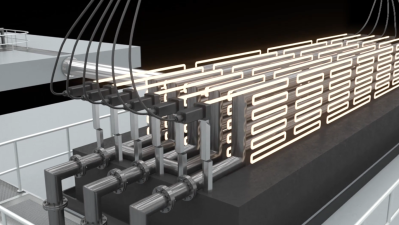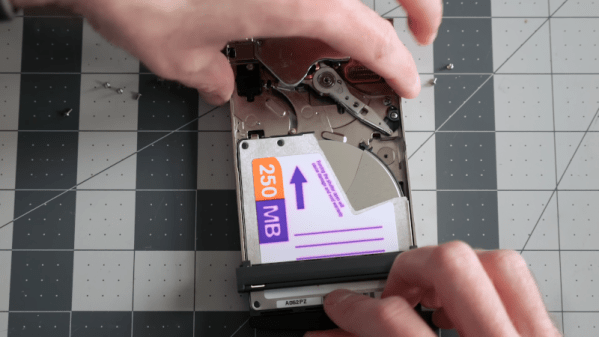Although most energy storage solutions on a grid-level focus on batteries, a group of researchers at MIT and Harvard University have proposed using supercapacitors instead, with their 2023 research article by [Nicolas Chanut] and colleagues published in Proceedings of the National Academy of Sciences (PNAS). The twist here is that rather than any existing supercapacitors, their proposal involves conductive concrete (courtesy of carbon black) on both sides of the electrolyte-infused insulating membrane. They foresee this technology being used alongside green concrete to become part of a renewable energy transition, as per a presentation given at the American Concrete Institute (ACI).

Putting aside the hairy issue of a massive expansion of grid-level storage, could a carbon-cement supercapacitor perhaps provide a way to turn the concrete foundation of a house into a whole-house energy storage cell for use with roof-based PV solar? While their current prototype isn’t quite building-sized yet, in the research article they provide some educated guesstimates to arrive at a very rough 20 – 220 Wh/m3, which would make this solution either not very great or somewhat interesting.
The primary benefit of this technology would be that it could be very cheap, with cement and concrete being already extremely prevalent in construction due to its affordability. As the researchers note, however, adding carbon black does compromise the concrete somewhat, and there are many questions regarding longevity. For example, a short within the carbon-cement capacitor due to moisture intrusion and rust jacking around rebar would surely make short work of these capacitors.
Swapping out the concrete foundation of a building to fix a short is no small feat, but maybe some lessons could be learned from self-healing Roman concrete.



















